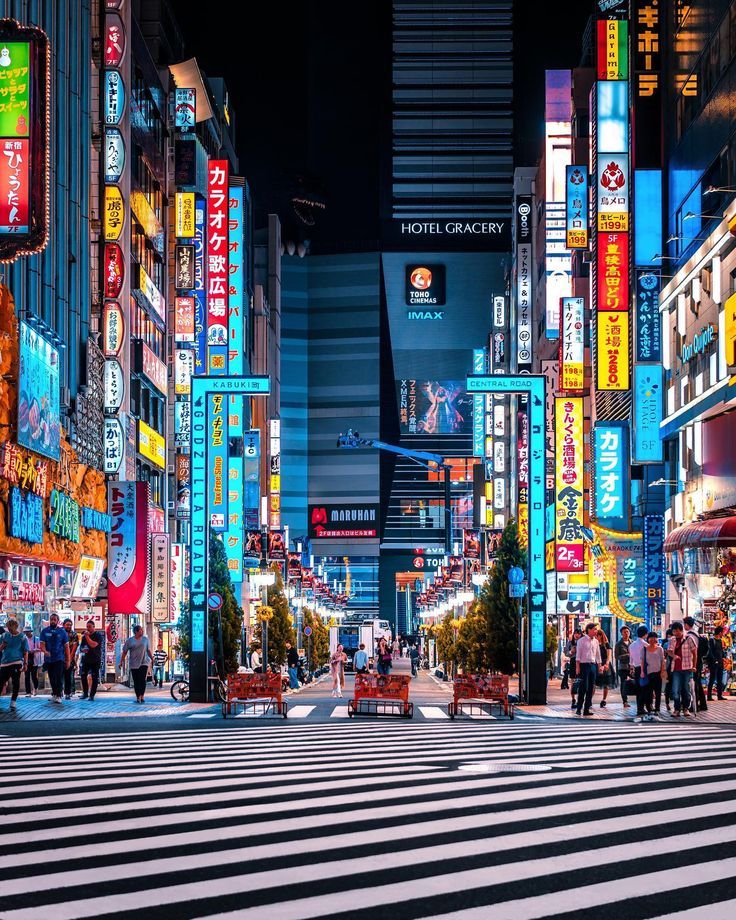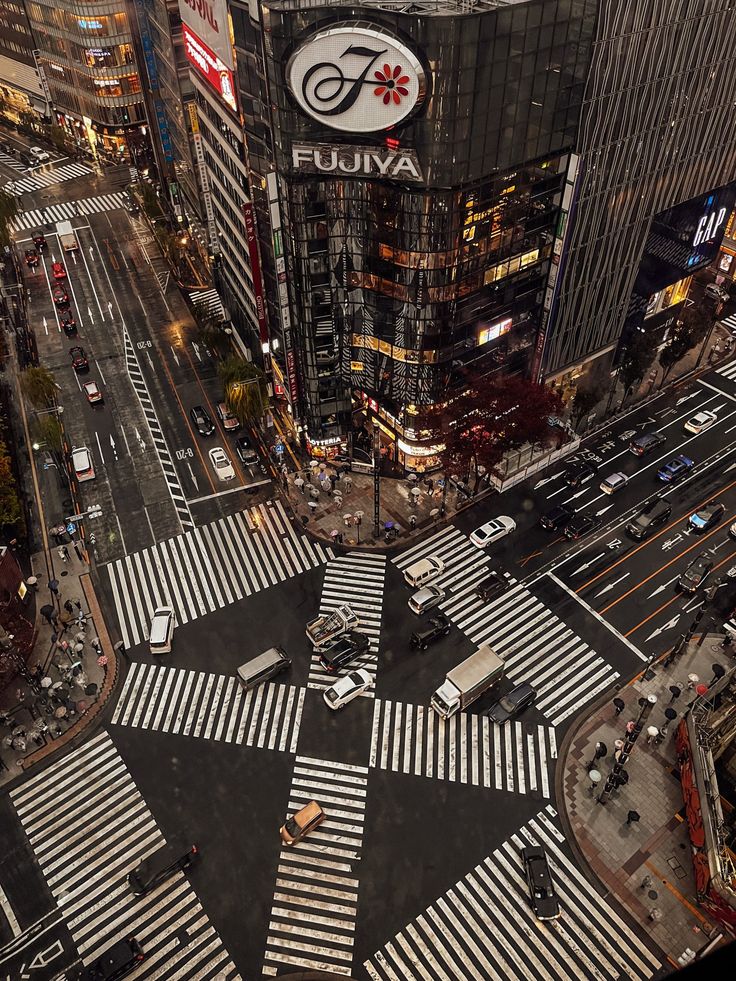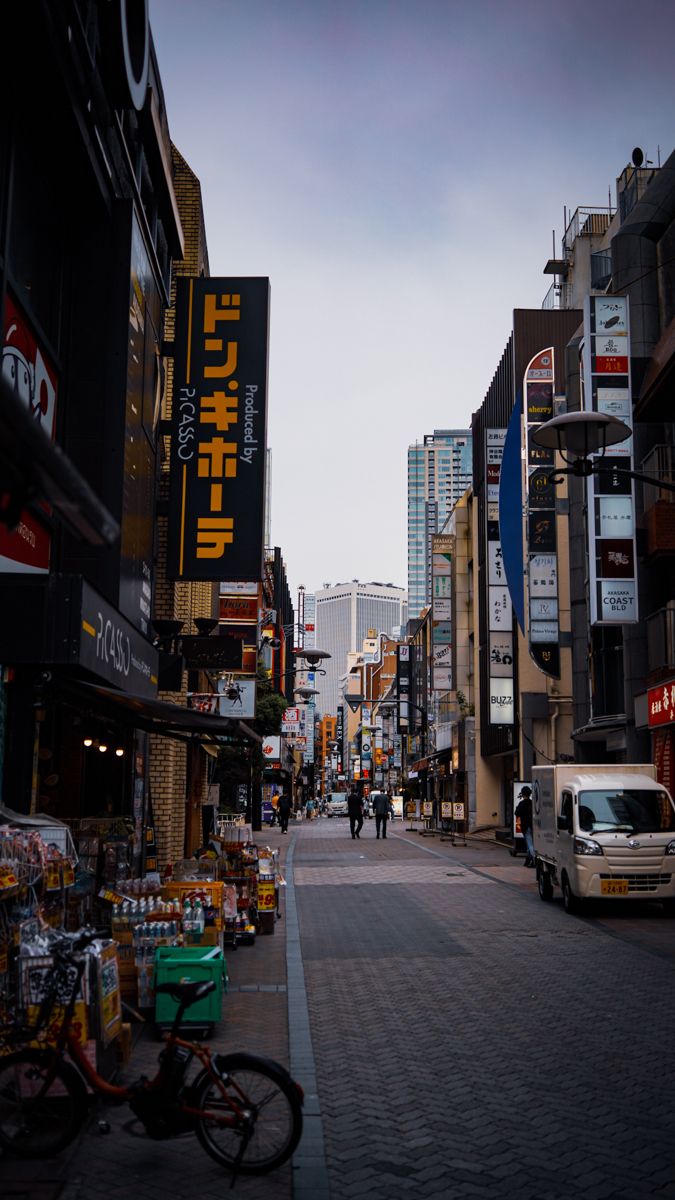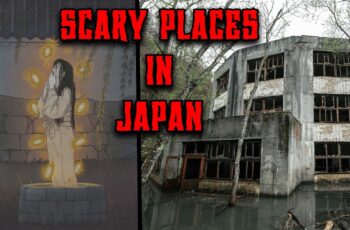Tokyo is a city of superlatives. As the world’s most populated metropolitan area, with a staggering 37 million people, it stands as a testament to human ingenuity, culture, and organized chaos. It’s a sprawling, massive city where ancient traditions and futuristic technology coexist in a vibrant, neon-lit harmony. For any traveler, the sheer scale of Tokyo can be both exhilarating and daunting. The single most important decision you’ll make when planning your trip is choosing where to stay. Your home base will define your experience, influencing everything from your daily commute to the vibe you wake up to each morning.
With so many distinct neighborhoods, each offering a unique slice of Tokyo life, how do you choose the right one? Do you need to stay in multiple areas to see it all? How hard is it to get around? This guide is here to answer those questions. We will dive into the top seven places to stay in the city of Tokyo, breaking down the pros and cons of each location to help you make the best decision for your travel style.
To provide a clear comparison, we’ll rate each area based on three crucial categories:
-
Convenience: How easy is it to access other parts of Tokyo and major attractions via the train system?
-
Atmosphere: What is the overall vibe of the neighborhood? Is it lively, traditional, modern, or quiet?
-
Stayability: How suitable is the area for a longer stay? This considers the variety of hotels, restaurants, and local attractions that can keep you entertained without having to travel far.
This list is not ranked in a particular order of “best to worst,” as the perfect spot is subjective and depends entirely on what you’re looking for. Let’s dive in and find your perfect Tokyo neighborhood.
7. Shinjuku: The Epicenter of Energy and Nightlife

Shinjuku is one of the most iconic and recognizable districts in Tokyo, and for good reason. It’s a bustling hub of entertainment, business, and transport, home to the world’s busiest train station, which sees millions of passengers every single day. This constant flow of people creates an electric energy that permeates every street and alleyway.
Why You Should Stay in Shinjuku:
Shinjuku is, without a doubt, the nightlife capital of Tokyo. If your idea of a perfect evening involves exploring endless bars, themed izakayas, and vibrant clubs, this is the place for you. The infamous Kabukicho district, with its glowing neon signs and lively streets, is the heart of this scene. Beyond the nightlife, Shinjuku boasts an incredible food scene with so many restaurants that you could eat at a different place every day for years and still not try them all.
The area is also a major shopping and entertainment hub. You’ll find everything from massive department stores like Isetan and Takashimaya to the quirky electronic shops of Shinjuku’s own “Electric Town.” Key attractions are also right at your doorstep. You can get a breathtaking, and completely free, panoramic view of the city from the observation deck of the Tokyo Metropolitan Government Building. Not far from there, you’ll find the famous Godzilla head peering over the Toho Cinema building, a perfect photo opportunity.
Why You Shouldn’t Stay in Shinjuku:
The very thing that makes Shinjuku exciting—its train station—can also be its biggest drawback. Shinjuku Station is a labyrinth of bewildering complexity. With over 200 exits and dozens of train lines, navigating it can be an overwhelming and stressful experience, especially for first-time visitors.
While it’s a major hub, Shinjuku’s location in the northwest of central Tokyo means that trips to the eastern side of the city, where attractions like Asakusa and the Tokyo Skytree are located, can involve longer train rides. Furthermore, certain parts of Kabukicho, Tokyo’s red-light district, can feel a bit sketchy by Japanese standards, and the area is often considered a bit dirtier than the immaculately clean streets found elsewhere in the city.
Shinjuku is an excellent, high-energy base camp, especially for those who want to be in the thick of the action and enjoy a world-class nightlife scene. It offers a massive variety of accommodations and dining, making it a place you could easily spend your entire trip exploring.
6. Ginza: The Epitome of Luxury and Sophistication

If Shinjuku is Tokyo’s energetic heart, Ginza is its sophisticated soul. This is the luxury destination, a world-renowned district for upscale shopping, fine dining, and high-end art galleries. The atmosphere here is one of elegance and refinement, attracting a more mature and affluent crowd.
Why You Should Stay in Ginza:
Ginza is a paradise for lovers of luxury. The streets are lined with the flagship stores of the world’s most famous fashion brands, alongside prestigious department stores like Mitsukoshi Ginza, one of Tokyo’s oldest and most luxurious. The dining scene is equally exquisite, offering some of the most acclaimed and Michelin-starred restaurants in the world.
The area itself is beautiful and clean, with wide boulevards that are closed to traffic on weekend afternoons, creating a pleasant pedestrian paradise. In terms of convenience, Ginza is exceptional. Ginza Station provides direct access to several major subway lines, and it’s just a short walk or one stop away from Tokyo Station, the city’s main transportation hub. This central location also puts you within walking distance of the famous Tsukiji Outer Market, a must-visit for foodies.
Why You Shouldn’t Stay in Ginza:
The luxury of Ginza comes with a hefty price tag. Accommodation, dining, and shopping are among the most expensive in Tokyo, making it a less-than-ideal choice for budget travelers. The nightlife, while present, is much more subdued compared to areas like Shinjuku or Shibuya. Most of the retail stores close by 7 or 8 p.m., and the neighborhood becomes significantly quieter in the evenings. For travelers seeking a vibrant, bustling nightlife, Ginza might feel a bit too tame.
Ginza is the perfect choice for travelers with a generous budget who appreciate the finer things in life. Its combination of unparalleled shopping, world-class dining, and central convenience makes it a wonderfully sophisticated base from which to explore Tokyo.
5. Akasaka: The Hidden Gem for Foodies

Often overlooked by first-time tourists, Akasaka is considered by many to be one of Tokyo’s best-kept secrets. This district masterfully blends the sleek, modern feel of an urban business hub with the calmer, more residential atmosphere of a neighborhood that’s less dominated by tourism. It’s a place that feels both central and serene.
Why You Should Stay in Akasaka:
Akasaka is a food lover’s dream. The area is renowned for its exceptional restaurant scene, offering some of the best and most authentic dining experiences in Tokyo, often without the long lines found in more tourist-heavy areas. Its central location is another major plus; it’s nestled between major hubs like Shibuya, Roppongi, and Ginza, making it an excellent and convenient base for exploration.
Despite its urban setting, Akasaka offers a more relaxed vibe. The streets are less crowded, allowing for a more leisurely experience. You’ll also find beautiful attractions nearby, such as the historic Hie Shrine and the stunning Akasaka Palace. It strikes a fantastic balance, giving you easy access to the city’s excitement while providing a peaceful retreat at the end of the day.
Why You Shouldn’t Stay in Akasaka:
While central, the main station, Akasaka-Mitsuke, is smaller than the major hubs and serves fewer lines. This means you’ll likely have to make more transfers to get to certain parts of the city. The nightlife is decent, with plenty of good bars and restaurants, but it can get noisy in specific spots, and it doesn’t have the same scale or variety as Shinjuku. There are also fewer major tourist attractions located directly within Akasaka itself, meaning you’ll be spending more time on the train to see the big sights.
Akasaka is a superb choice for discerning travelers, especially foodies, who want a central and convenient location without the overwhelming crowds of the main tourist districts. It offers an authentic taste of Tokyo life with a touch of sophistication.
4. Akihabara: The Mecca of Anime and Electronics
Welcome to Akihabara, affectionately known as “Akiba” or “Electric Town.” This is the undisputed global center for anime, manga, video games, and otaku culture. The moment you step out of the station, you’re immersed in a world of vibrant colors, towering billboards of anime characters, and the cheerful jingles of countless arcades.
Why You Should Stay in Akihabara:
If you are a fan of Japanese pop culture, there is simply no better place to be. Akihabara is packed with multi-story stores dedicated to electronics, anime merchandise, and rare collectibles. The famous Radio Kaikan building, a ten-story behemoth, is filled to the brim with everything an anime fan could dream of.
The area has a unique and lively daytime atmosphere. You can spend hours hopping between massive arcades like Gigo, trying your luck at crane games, or visiting one of the many famous maid cafes, such as Maidreamin’, for a one-of-a-kind dining experience. For a certain type of traveler, Akihabara is not just a place to visit; it’s a pilgrimage.
Why You Shouldn’t Stay in Akihabara:
Akihabara’s biggest weakness is its poor connectivity. The main Akihabara Station is primarily served by the JR Yamanote line and the Hibiya subway line, the latter of which doesn’t provide direct access to major western hubs like Shinjuku or Shibuya. This means you’ll be spending a lot of time transferring between trains to explore the rest of the city.
Furthermore, Akihabara’s vibrant energy is largely a daytime phenomenon. Most of the shops and arcades close relatively early, and the area becomes surprisingly quiet at night, lacking a significant nightlife scene. Its appeal is also very niche; if you’re not interested in anime or electronics, you might find the attractions limited.
While Akihabara is an absolute must-visit for an afternoon of exploration, its poor convenience and niche appeal make it a challenging base for a longer trip. It’s better experienced as a day trip rather than a home base.
3. Ueno/Asakusa (Taito City): A Glimpse into Old Tokyo
For those looking to experience the more traditional and historic side of Tokyo, the combined area of Ueno and Asakusa in Taito City is an excellent choice. This part of town offers a distinct “shitamachi” (old town) atmosphere, providing a wonderful contrast to the hyper-modernity of western Tokyo.
Why You Should Stay in Ueno/Asakusa:
This area is rich in culture and history. Asakusa is home to the magnificent Senso-ji Temple, Tokyo’s oldest temple, and the bustling Nakamise-dori shopping street that leads to it, filled with traditional snacks and souvenirs. Nearby, Ueno boasts the sprawling Ueno Park, which houses several world-class museums, including the Tokyo National Museum, as well as the Ueno Zoo.
This district is also one of the more budget-friendly places to stay in Tokyo, with a wide range of affordable hotels and guesthouses. It’s also conveniently close to the Tokyo Skytree. Ueno Station is a major transportation hub with great connectivity, including a direct line to Narita Airport, making arrivals and departures a breeze.
Why You Shouldn’t Stay in Ueno/Asakusa:
The area’s main drawback is its location on the eastern side of Tokyo, which places it far from the popular western hubs of Shinjuku and Shibuya. Getting to those areas will require longer train rides. The nightlife here is also very subdued; as a more traditional area, most things close down early in the evening. During the day, it can become extremely crowded with tourists, especially around the Senso-ji Temple.
Ueno and Asakusa are perfect for travelers on a budget who are more interested in culture, history, and a traditional atmosphere than in nightlife and modern trends. It’s a wonderful place to stay, as long as you’re prepared for the longer commute times to other parts of the city.
2. Shibuya: The Youthful and Trendy Heartbeat of Tokyo
Shibuya is the iconic image of modern Tokyo that many people have in their minds. It is the vibrant, trend-setting heart of the city, pulsating with youthful energy and home to the world-famous Shibuya Scramble Crossing, the busiest pedestrian crossing on the planet.
Why You Should Stay in Shibuya:
Shibuya offers the quintessential Tokyo experience. There is an endless list of things to see and do, from watching the organized chaos of the Scramble Crossing from the Starbucks above it to getting a stunning 360-degree view from the Shibuya Sky observation deck. It’s the epicenter of youth culture and fashion, with iconic department stores like Shibuya 109 and the massive, seven-story Mega Don Quijote.
The nightlife is fantastic, offering a fun and friendly vibe that is slightly more accessible and less intense than Shinjuku’s. The food scene is incredibly diverse, with everything from cheap and delicious ramen to high-end dining. Most importantly, Shibuya Station is the second-busiest train station in the world, providing phenomenal connectivity to the rest of Tokyo and making it an incredibly convenient base for exploration.
Why You Shouldn’t Stay in Shibuya:
The constant energy and crowds can be overwhelming for some, and finding a moment of peace can be difficult. As one of the most popular areas, accommodation in Shibuya can be more expensive than in neighboring Shinjuku. Its location on the southwestern side of the city also means that travel to eastern destinations like Asakusa can take a bit longer.
For most first-time visitors, Shibuya is arguably the best all-around choice. It perfectly balances iconic sights, incredible shopping, diverse food, exciting nightlife, and fantastic convenience. It’s a place that truly has it all and captures the dynamic spirit of modern Tokyo.
1. Tokyo Station (Marunouchi): The Ultimate Hub of Convenience
Finally, we arrive at the very center of Tokyo’s vast transportation network: Tokyo Station. Located in the Marunouchi business district, this area is defined by its unparalleled convenience and its proximity to the serene grounds of the Imperial Palace.
Why You Should Stay Near Tokyo Station:
If your top priority is ease of travel, there is no better place to stay. As the 8th busiest station in the world and the main terminal for the Shinkansen (bullet train), Tokyo Station offers direct connections to nearly every part of the city and the rest of Japan. This makes it the perfect base for travelers planning numerous day trips or those with a short layover.
The area is also home to the Imperial Palace, and its beautiful gardens provide a peaceful escape from the city’s hustle. The station building itself is an attraction, a beautiful red-brick structure that stands in contrast to the modern skyscrapers surrounding it. Inside the station, you’ll find an entire city of its own, with endless shopping and incredible dining options, including the famous Tokyo Ramen Street. The neighborhood is a major business district, so it’s impeccably clean, safe, and pleasantly quiet at night.
Why You Shouldn’t Stay Near Tokyo Station:
The downside of being a business district is the almost complete lack of nightlife. Once the offices close, the area becomes very quiet, and it lacks the vibrant, energetic atmosphere of Shibuya or Shinjuku. While the station is full of life, the surrounding streets are not. Accommodation here also tends to be on the pricier side.
Staying near Tokyo Station is the ultimate choice for the pragmatic traveler who values convenience above all else. It’s an unbeatable hub for getting anywhere and everywhere, but you’ll have to travel to other neighborhoods to find Tokyo’s famous vibrant atmosphere and nightlife.
Conclusion: Finding Your Perfect Tokyo
Tokyo is not a single, monolithic city but a collection of diverse and vibrant villages, each with its own character and charm. The “best” place to stay is the one that best matches your personality and travel goals.
If you’re a first-time visitor looking for the iconic, all-around Tokyo experience, Shibuya is an unbeatable choice. For those who crave non-stop energy and the best nightlife, Shinjuku is your destination. If you seek luxury, sophistication, and world-class dining, Ginza will not disappoint. For a taste of traditional Japan and a more budget-friendly stay, head east to Ueno and Asakusa. And if your itinerary is packed with travel and convenience is king, there is no better hub than Tokyo Station.
Ultimately, no matter where you choose to stay, Tokyo’s incredible public transportation system ensures that the entire city is within your reach. So, pick your base, embrace the adventure, and prepare to be amazed by one of the greatest cities on Earth.

